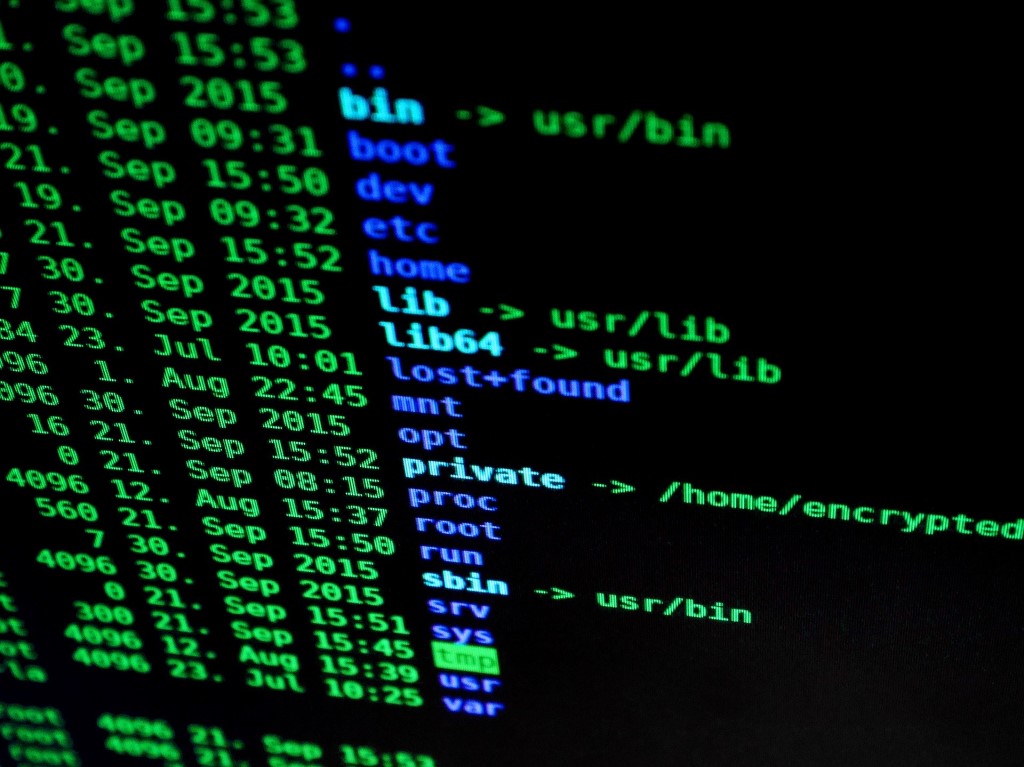When people talk about cybersecurity, they always feel that a black-hooded person sits for hours on a computer designing virus and spam messages for us. But it is not what they think! There are warriors as well as intruders in this field called a blue team and red team respectively. It is just that good and bad fields of cybersecurity are not clear enough to the common people and here we’ll see what are the different domains that come under cybersecurity.
Malware Analysis
Malware is simply a piece of program that is intended to perform the activities other than routinized work. This can be creating multiple folders until the system crashes down, for instance. But, the domain malware analysis deals with plans and ideas that can detect and prevent this malware from entering into our computers via means like email attachments, USB sharing, or file transfer. It can also include the installation of anti-malware, making sure to isolate the devices and recover them once they’re infected.

Intrusion Detection and Prevention
Intrusion can be defined as an activity on a shared network where an unauthorized person tries to be a host of it. It can include flooding of ICMP pings (called Ping of Death) by a vulnerability scan of a network. Also, Denial-of-Service is another type of intrusion over the network. To detect and prevent the same, we have Intrusion Detection and Prevention Systems that work round the clock to check out on any kind of anomalies over the network.
Digital Forensics
Forensics includes handling of the evidences and then creating a scenario of the cybercrime based on it. The word ‘digital’ here implies that electronic instruments were either used by the criminal or was a part of the crime that occurred. These pieces of evidence are held in the state of court against the criminal and therefore a clear documentation and chain of custody are involved in forensics to ensure that the integrity of the device didn’t tamper.

Ethical Hacking (VAPT)
Ethical hacking is nothing but trying to penetrate a given system and it can range from web applications, networks, android devices, iOS platforms, and even an operating system. This legal permission to tamper with the system helps an organization to understand its flaws beforehand and make it more secure over time. A methodology, identical to a real-time malicious hacker, is used step-by-step to analyze the extent of damage to the system.
Cryptography
This is an amazing field that works in the analogy of a lock and key in the real world. In layman’s terms, a message is locked with a key (encrypted) and sent over the insecure network. The receiver then opens the lock (decrypts) to read the original message. In the meanwhile, if any eavesdropper tries to intercept the message, then he’d not get a sense of it as the original message is replaced with random characters. Cryptology deals with symmetric and asymmetric encryption where the key can be mutually decided by two communicating people or can be different. Cryptanalysis is another field where we have to analyze the algorithm used to encode the message.

Security Architecture Designing and Auditing
Auditing implies documenting the security architecture, internal controls, and analysis of past intrusions of the organizations. In case if the existing system is found to be weak and prone to hackers, then new layouts and plans are made to strengthen it. Moreover, they can help in avoiding future incidents and thus save them from a huge financial and data loss.
Reverse Engineering
Reverse engineering is a decoding methodology. It tells us about software with respect to its construction and working. For this, we can use various tools such as disassembler and decompiler. We can analyze how a particular software was made and it’s working.

These were a few major domains in cybersecurity. We hope that this information helps an aspiring cybersecurity enthusiast in his future endeavors.
You May Also Like:

Author’s Bio: This article has been written by Rishika Desai, B.Tech Computer Engineering Student at Vishwakarma Institute of Information Technology (VIIT), Pune. She is a good dancer, poet and a writer. Animal love engulfs her heart and content writing comprises her present. You can follow Rishika on Twitter @ich_rish99.